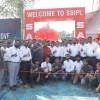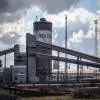Innovative materials making an entry in the Indian facade market
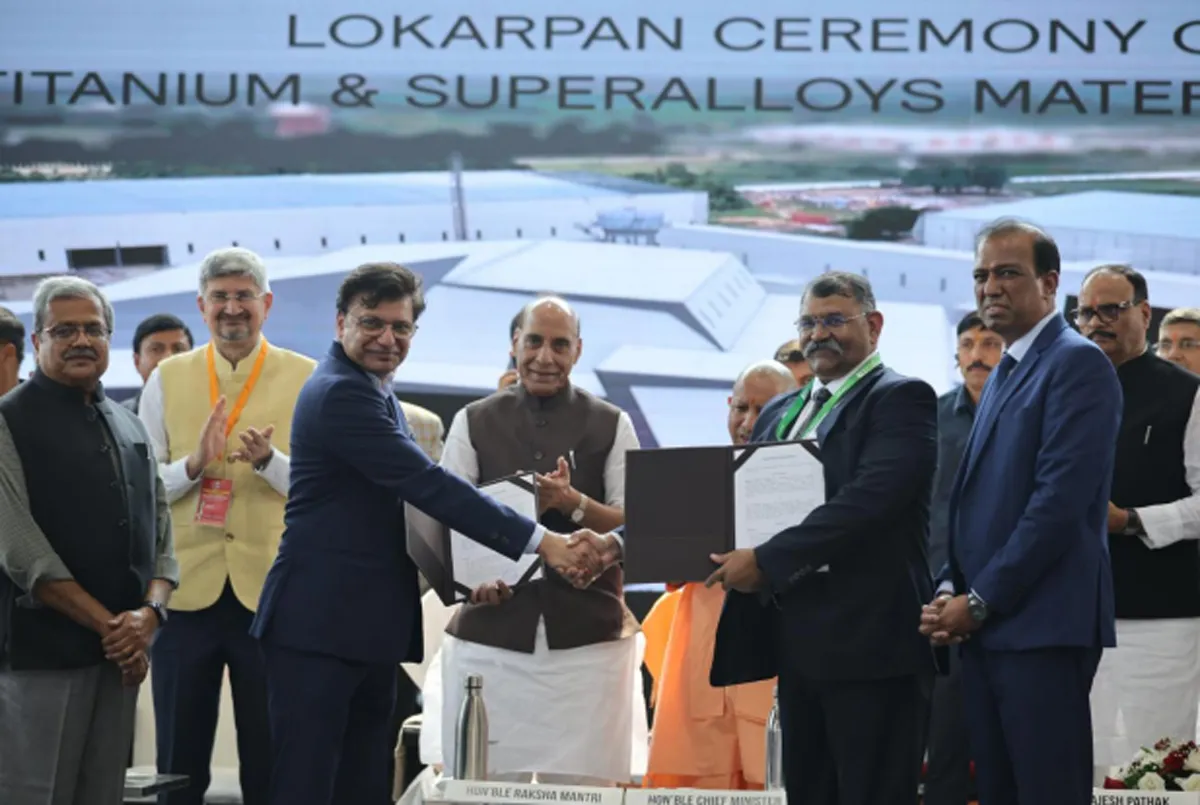
Indian Army and JCBL to Set Up Vehicle Repair Hub in Leh
The Fire & Fury Corps of the Indian Army has signed a Memorandum of Understanding (MoU) with Airbornics Defence & Space (ADSL), a company under the JCBL Group, to establish a New Generation Vehicle (NGV) Repair Hub and Warehouse within the 14 Corps Zonal Workshop in Leh.This initiative marks a significant step toward enhancing the Army’s logistics and operational readiness by creating a dedicated OEM-backed maintenance and repair ecosystem for next-generation vehicles deployed in the high-altitude region.The MoU signing ceremony took place at Headquarters 14 Corps, Leh, in the presence of Lt..
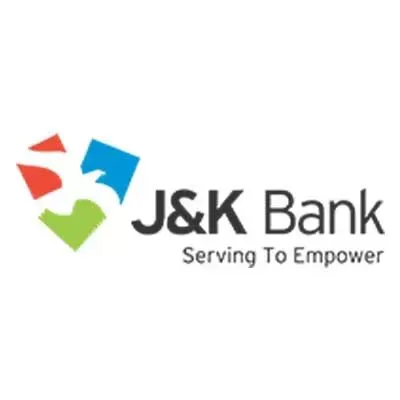
Hettich Strengthens Industry Ties at Madhya Pradesh Investment Meet
Hettich India, a global leader in furniture fittings, reinforced its commitment to Madhya Pradesh’s industrial growth as a Guest of Honour at an Interactive Session on Investment Opportunities in Power, Renewable Energy Equipment, and White Goods Manufacturing, hosted by the Government of Madhya Pradesh in partnership with the Confederation of Indian Industry (CII) at Hotel Trident, Nariman Point, Mumbai.The session, chaired by Dr Mohan Yadav, Hon’ble Chief Minister of Madhya Pradesh, brought together leading domestic and international investors, industry representatives, and business lead..
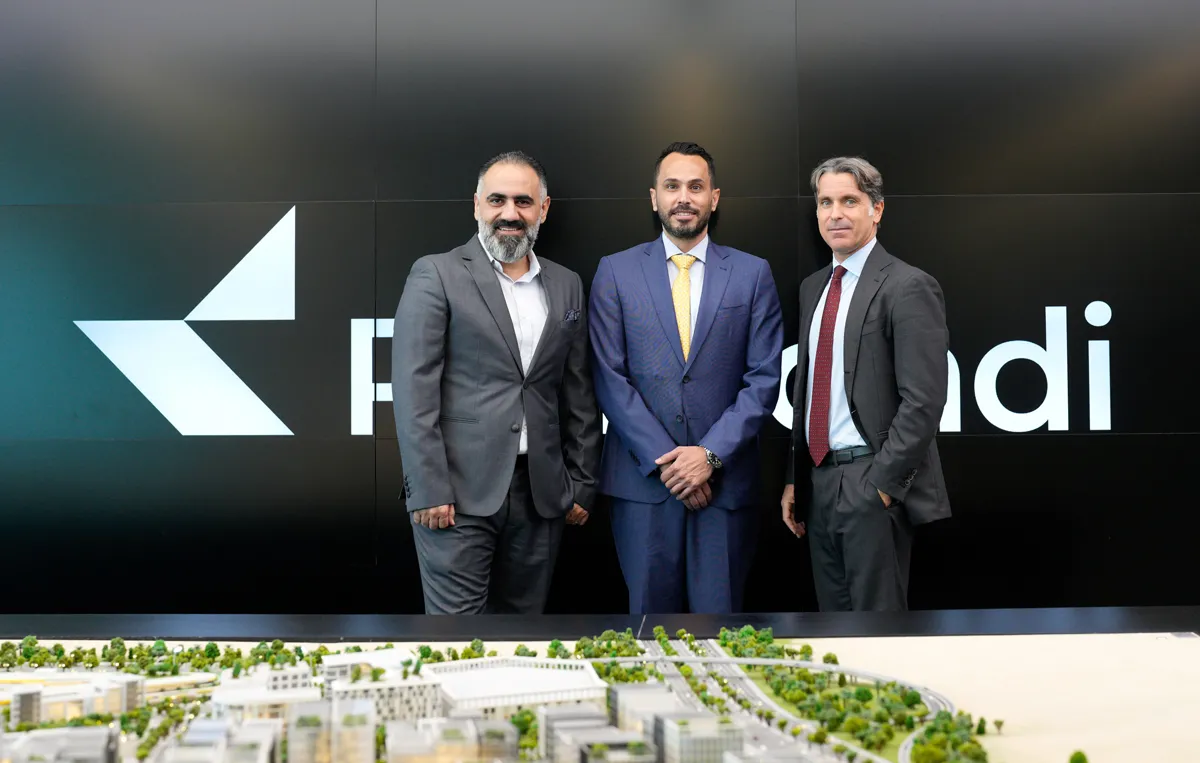
SANY India Strengthens Rajasthan Presence with New 4S Dealership in Jaipur
SANY India, a leading manufacturer of construction, mining, road, logistics, and energy equipment, has inaugurated a new 4S dealership (Sales, Service, Spares, Stocking) in Jaipur in partnership with Shree Balajee Infra. This expansion reinforces SANY India’s commitment to delivering world-class products and enhanced after-sales support to customers across Rajasthan.The dealership will serve key regions including Kanakpura, Jaipur, Kekri, Kota, Bayana, Nagor, Alwar, Ajmer, Udaipur, Kelwa, Jalore, Bhilwara, and Chitamba, providing convenient access to SANY’s extensive product range and effi..










